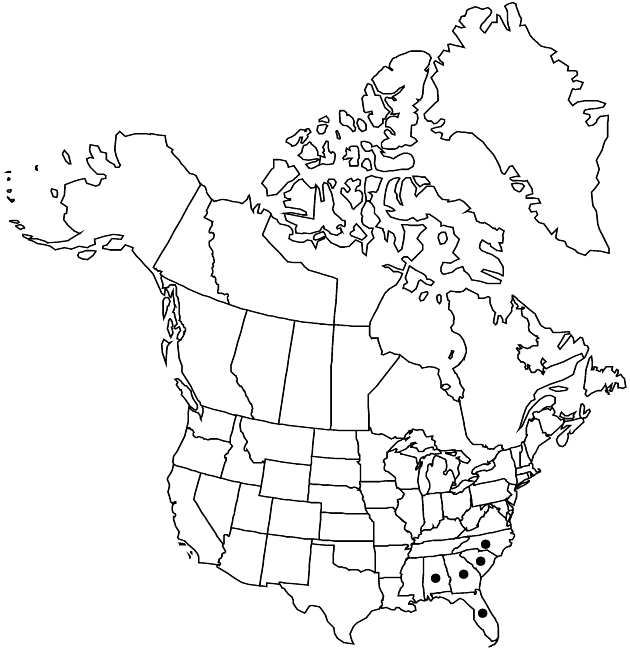Gamochaeta simplicicaulis
Bol. Soc. Argent. Bot. 9: 379. 1961.
Annuals or biennials, (30–) 50–85 cm; fibrous-rooted. Stems erect or ascending (usually 1, sometimes 2–5), densely and closely white-pannose. Leaves basal and cauline, basal usually withering before flowering, blades oblanceolate to oblanceolate-spatulate, 5–9 cm × 6–18 mm (gradually smaller distally, margins closely undulate, nearly crenulate; distal cauline linear-lanceolate to linear-oblanceolate, apices long-acute; sessile clusters of smaller leaves produced in axils of mid and distal cauline leaves), faces bicolor, abaxial closely white-pannose, adaxial glabrous (shiny). Heads in interrupted, spiciform arrays (8–) 16–30 cm × 10–14 mm (pressed; sometimes with ascending, lateral branches, glomerules usually subtended by ± patent linear bracts longer than the glomerules). Involucres cylindro-campanulate, 3–3.5 mm, bases glabrous. Phyllaries in 4–6 series, outer ovate to oblong, lengths 1/3–1/2 inner, apices acute-acuminate, inner narrowly oblong, laminae brownish to tan (not purplish), apices acuminate-apiculate. Florets: bisexual (2–) 3; all corollas yellowish distally. Cypselae (tan) 0.5–0.6 mm.
Phenology: Flowering (Jun–)Jul–Aug(–Oct).
Habitat: Open sites, sandy soil, roadsides, fields, open woods, dunes
Elevation: 0–10 m
Distribution

Introduced; Ala., Fla., Ga., N.C., S.C., South America, naturalized in New Zealand, Australia, Java
Discussion
Gamochaeta simplicicaulis was reported from North America by G. L. Nesom (1999b, 2000b) as an apparently recent adventive.
Selected References
None.